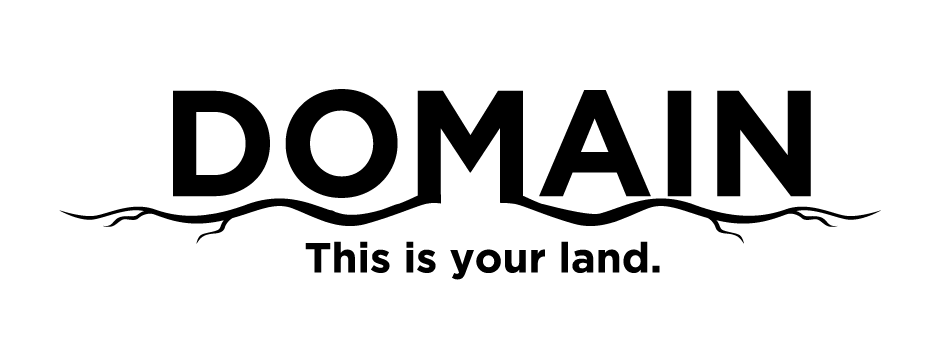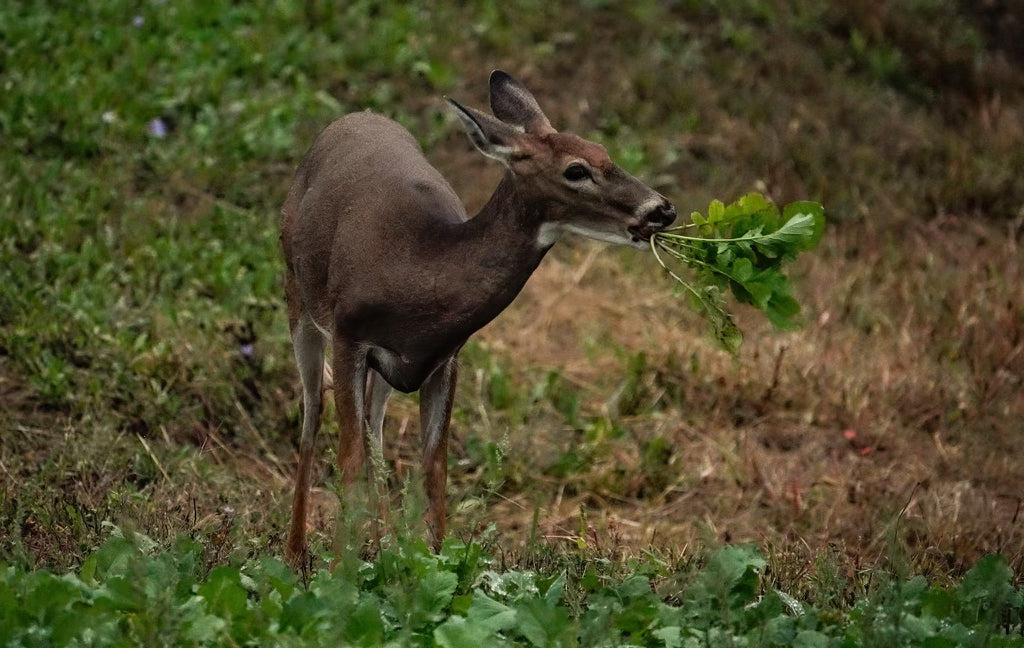One thing that’s often overlooked, but a huge component to any natural habitat is native grasses. Native grasses add so much diversity to property, but they take commitment and patience to be successful.
There are many varieties of grasses…Switchgrass seems to come to everyone’s mind first. Switchgrass is a great standalone cover and provides great bedding areas, it also is greatly complimented by Indiangrass and Big Blue Stem.
Warm season grasses usually do not compete well with weeds, and that’s where the commitment and patience come into play. Establishment of these grasses can take upwards of a full year of prep work before you even plant a seed. Once planted, a year of maintenance is needed to fully establish successfully.
Work is never done when doing any sort of planting. Weeds. They are inevitable. Chemical weed control is a good way to control those pesky weeds by applying a pre-emergence right after planting or a broadleaf herbicide a few weeks after germination. I personally, like to wait until the grasses are at least 8” tall to prevent any damage. If chemicals aren’t your thing, that’s ok! Mowing is another option to help suppress weeds.
When is a good time to mow? Well, let’s go back to step one in planting. I like to add approximately 15 pounds of winter wheat to the seed mix you are using. Winter wheat is great for fall plantings as a dormant seed. If spring planting works better for you, then I’d use 32 pounds of oats mixed with the seed mix. When wheat and oats provide their indicators, dough stage or before hard seed, they are ready to mow, without damaging your grasses planted.
After your grasses finally get established (remember at least a full year to prep, and full year to establish) in year two or three, mowing them down or a controlled burn are a good way to keep your grasses healthy.
When to plant? I mentioned fall planting and spring planting. I like to do my planting either before June 15th or after October 15th.
If warm season grasses might be something you’re interested in, be sure to check out Domain Outdoors for your seed needs.
I could talk grasses and planting for hours. There is so much information out there to learn how to improve your property and provide the best natural habitats. Your local county, DNR, or NRCS affiliates can also provide additional information. They can also point you in the direction of funding programs or cost sharing options that may be available in your area.
Written by: Jared Van Elzen, Owner of JAC Outdoors based out of Wisconsin.
About Jared: “I’ve been an outdoor enthusiast my entire life, and started JAC Outdoors as a side hobby, and it has evolved into so much more.
I’ve been working in the landscaping industry since high school, which has increased my love and knowledge of plantings, knowing what to plant and when. Over time, I’ve gotten more and more into learning about food plots, grasses, and basically anything that helps nature thrive.”

JAC Outdoors Contact Information
920-371-3015
jacoutdoorsllc@gmail.com








